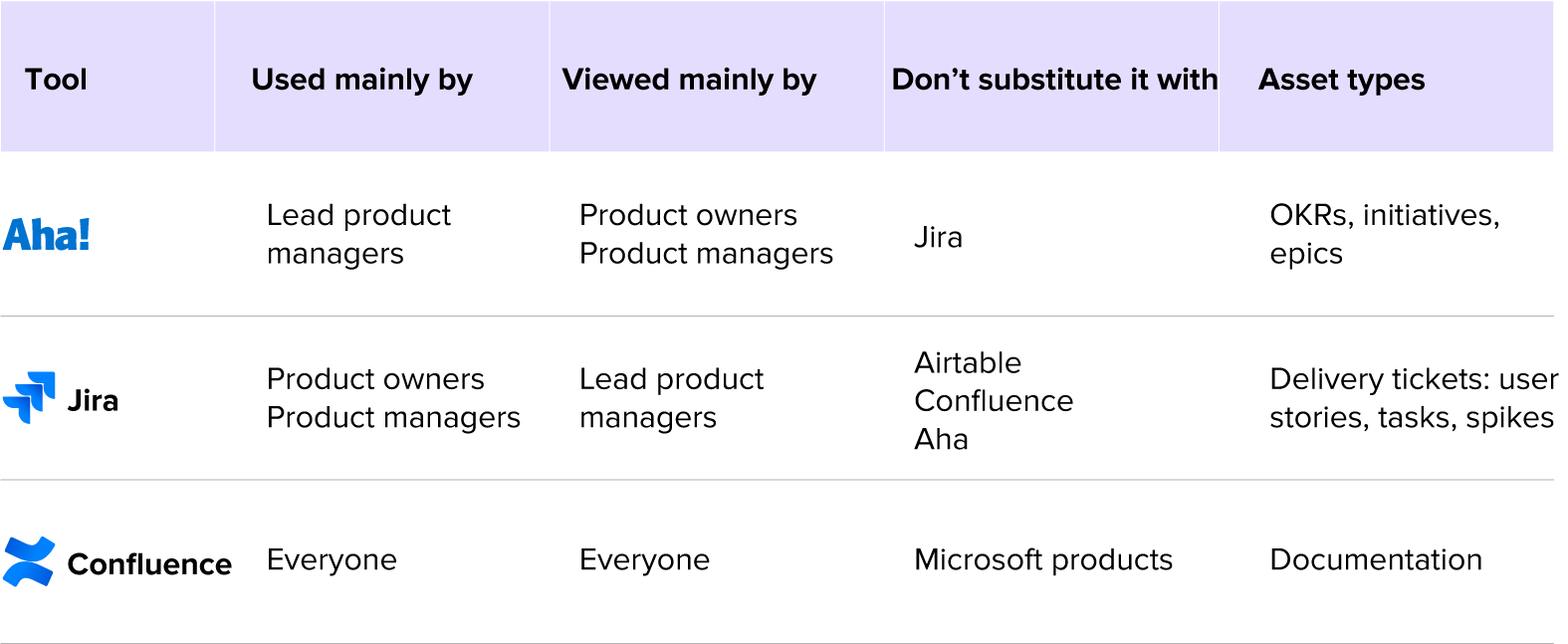Sephora leads with agile transformation that puts customers first
Sephora worked with Modus Create to lead an agile transformation that reduced process overhead and increased customer-centric initiatives.

Table of contents
Subscribe via Email
Subscribe to our blog to get insights sent directly to your inbox.
Sephora, a French multinational retailer of personal care and beauty products, wished to reduce process overhead and simplify internal workflows. Modus Create worked together with Sephora’s team to reduce duplication of work and organizational complexity.
Our work involved
- Stakeholder interviews
- Toolset review
- Licensing optimization
- Aha!-Jira integration
- Training and onboarding
Impact
Higher
Reduced
Agile
Software integrations should serve you, not the other way around.
This means knowing not only what to integrate but what not to. Boundaries between tools aren’t always bad. Here’s the story of how Sephora embraced true agility and boosted its cross-departmental collaboration by limiting integration.
Sephora is a French multinational retailer of personal care and beauty products with over 340 brands. It managed internal workflows using two tools – Aha! and Jira. However, the teams were experiencing increased organizational complexity. Sephora reached out to Modus Create to understand the root cause of the collaboration challenges and figure a way out.
Challenge
A massive overlap between Jira and Aha! slowed down progress for teams
Our team of Atlassian and Aha! experts kicked off the project with a discovery phase
Together with Sephora, we identified 13 key stakeholders at the company and talked to them about their unique challenges.
The team realized that the source of most of the complexity was a massiveoverlap between Jira and Aha!.
Sephora used Aha! for strategic planning and Jira for issue tracking. However, there was considerable duplication of work due to extensive integration between the two tools. Everything in Jira appeared in Aha!, and everything in Aha! showed up in Jira. This blurred the lines between the two tools and created additional work for all teams. It also made it harder for team members to evaluate who needed to be on which platform.

Sephora’s previous Jira-Aha! integration created considerable overlap
Setting boundaries between Aha! and Jira
Sephora organized its work using the following hierarchical structure:
- Goals – high-level (for the entire year or multiple years)
- Initiative – mid-level (6-12 months)
- Epic – mid-level (2-3 months, contained in a PI cycle)
- User Stories/Tasks – low-level (2 weeks, contained in a sprint)
- Subtasks and Bugs – low-level (less than one week)
Aha! is a tool that focuses more on strategic initiatives and goals. On the other hand, Jira is mostly about execution.
So, there was no need to replicate tactical work in Aha! and strategic work in Jira. Product managers and stakeholders shouldn’t worry about the day-to-day workings of the engineering team. They only need to know if the epics are on track. This simplifies organization and prevents micromanagement.
The team suggested a clear split between Aha! and Jira – detailing who should use which tool and for what purpose.
But there still needed to be a link between the two tools. We suggested making epics the bridge between Aha! and Jira, and erasing all integrations between the two tools that bring no value to either strategy or execution.

Split between Aha! and Jira suggestion

Epics suggestion
Now, once the product managers evaluate different epics, prioritize them for execution, set budgets, and define DoR (definition of ready) and DoD (definition of done), only then do those epics get transferred to Jira. In Jira, engineers break epics into user stories and move the process forward.
People > process > tools
People make processes and employ tools to run them. It’s essential to remember that transformation comes not from adopting tools but from embracing an agile mindset.
Therefore, the team reiterated that the Aha!-Jira integration was a means to an end, not an end in itself. And the core aspect of the engagement was strengthening Sephora’s overall product management process.
Sephora was in the process of implementing a Scaled Agile Framework for more effective strategic planning and portfolio management . The team decided to fine-tune Aha! around that. They moved the epic backlog on Aha! and encouraged stakeholders to concentrate on epic grooming as part of the PI planning preparation. So the focus for PI Planning shifted more to the epics, and the engineering issues (user stories, tasks, etc) were kept for sprint planning.
Following buy-in from Sephora’s stakeholders, the team made changes to the Aha! – Jira integration based on the above recommendations. Additionally, they proposed a list of 30 changes for deeper collaboration, prioritized according to the ICE framework (impact, confidence, and ease.)
Impact
An agile transformation that reduced process overhead
Sephora’s product managers can now measure the completion rate of epics in Aha!. This is calculated using the number of story points completed in Jira and reported back to Aha! as a percentage. The resulting solution clearly separates workflows for the two tools, allowing executives to measure the high-level progress of roadmaps in Aha!.
Simplifying Aha!-Jira integration enabled Sephora to get the best of both worlds. Now, it relies on Aha for strategic thinking, reporting, and brainstorming and Jira for getting work done. Each team member knows which tool to use and when. Moreover, the clear separation of responsibilities minimizes micromanagement and encourages the adoption of agile engineering practices.
The success of the engagement wasn’t fixing the tools but the underlying processes. Sephora’s agile mindset has ensured the alignment of its tools and priorities. It has reduced considerable process overhead, leaving more time for customer-centric initiatives.
Modus Create understood our challenges and was committed to provide a solution that met our goals. - Sapna Aggarwal PMO, Business Process Specialist
Related Customer Stories
Discover more customer stories.


